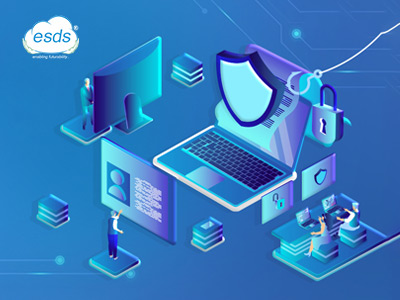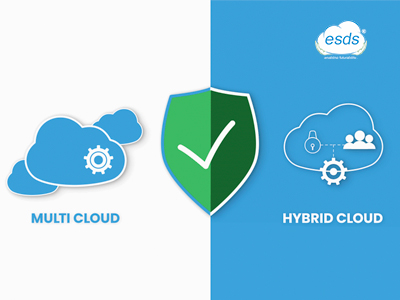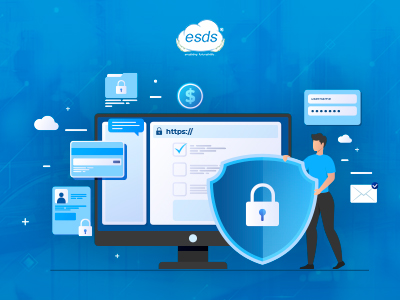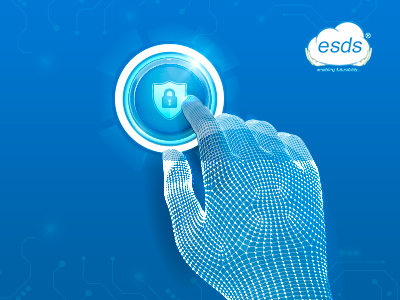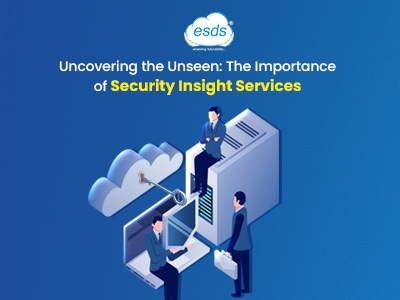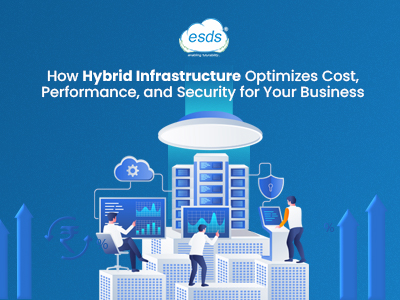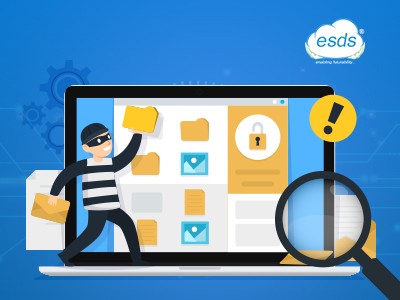10
May
Unlocking the Potential of AI-Based Technology
4 billion+ devices already work on AI-powered voice assistants (source: connect.comptia.org). This clearly suggest how widely AI-based technology is being used. In recent years, AI-based technology has revolutionized how businesses operate, with its ability to streamline operations, enhance efficiency, and improve decision-making. Unlocking the potential of AI-based technology can give organizations a competitive advantage, enabling... Read More
10
May
What is the Dark Web? How to access Dark Web? Difference Between the Dark Web, Deep Web, and Surface Web? Dark Web Monitoring Services
In today’s world, businesses are increasingly reliant on technology and the Internet to carry out their operations. While this has undoubtedly led to increased efficiency and productivity, it has also opened up new avenues for cyber threats. The dark web is one of the lesser-known areas where these threats lurk. This is a hidden part... Read More
08
May
How to Prevent Data Breaches with Cyber security monitoring services?
Data security is a critical concern for businesses of all sizes and industries, as cyber-attacks continue to rise and become more sophisticated. According to a recent study by IBM, the global average cost of a data breach in 2023 was $4.35 million, a 2.6% increase from the previous year. With the increasing frequency and severity... Read More
28
Apr
How To Secure Your Data in Hybrid & Multi-Cloud Environment?
According to cloud computing statistics, 74% of enterprises use a hybrid and multi-cloud strategy today. 69% of organizations were planning to use a multi-cloud environment. 62% of public cloud adopters are using more than two cloud environments and platforms. Despite all of this, only a small percentage of businesses optimize their cloud spending, which prevents... Read More
28
Apr
Developing a Proactive Security Strategy for your organization
Cyber dangers continue to emerge at an alarming rate in today’s dynamic digital environment, endangering businesses of every size and in all sectors. Every day, there are more than 4,50,000 new malware samples alone, but researchers are also always finding new social engineering scams and zero-day vulnerabilities. It is no longer sufficient to respond to... Read More
27
Apr
How Cyber Security Leverages Artificial Intelligence?
Cybercriminals target endpoints, networks, data, and other IT infrastructure, causing massive financial losses for individuals, businesses, and governments. Cybercriminals’ motivations include political conflict, financial gain, reputational injury, international rivalry, and radical religious group interest. The vast majority of cyberattacks are conducted for monetary gain. REvil, STOP, Cerber, Petya, Conti, DarkSide, and BadRabbit are significant ransomware strains that have wreaked... Read More
26
Apr
Physical vs. Cloud: Why the Old-School Backup Method is Still Relevant
As we continue to rely heavily on data in both our personal and professional lives, its safety and security have become of paramount importance. While cloud storage has gained popularity in recent years, physical backups remain a tried and tested way to protect your data. Although a majority of sectors have moved to the cloud... Read More
26
Apr
Uncovering the Unseen: The Importance of Security Insight Services
In today’s digital age, security threats are becoming increasingly sophisticated and hard to detect. Traditional security measures are no longer enough to keep businesses and organizations safe. That’s where security insight services come in. These services provide a proactive and comprehensive approach to security, helping to detect and prevent potential threats before they can cause... Read More
26
Apr
How Hybrid Infrastructure Optimizes Cost, Performance, and Security for Your Business
In today’s digital age, businesses are constantly searching for new ways to optimize their operations and stay ahead of the competition. One of the key factors in achieving this is having an infrastructure that strikes the perfect balance between cost, performance, and security. Enter hybrid infrastructure – a solution that offers the best of both... Read More
19
Apr
How to Perform a Cybersecurity Risk Assessment in your organization?
Using cybersecurity risk assessment, organizations may better identify, manage, and mitigate all types of cyber risk. It is an essential part of data protection and risk management strategies. If you work in information security, whether you like it or not, you are in the risk management sector. Risk assessments are nothing new. However, the digital... Read More


